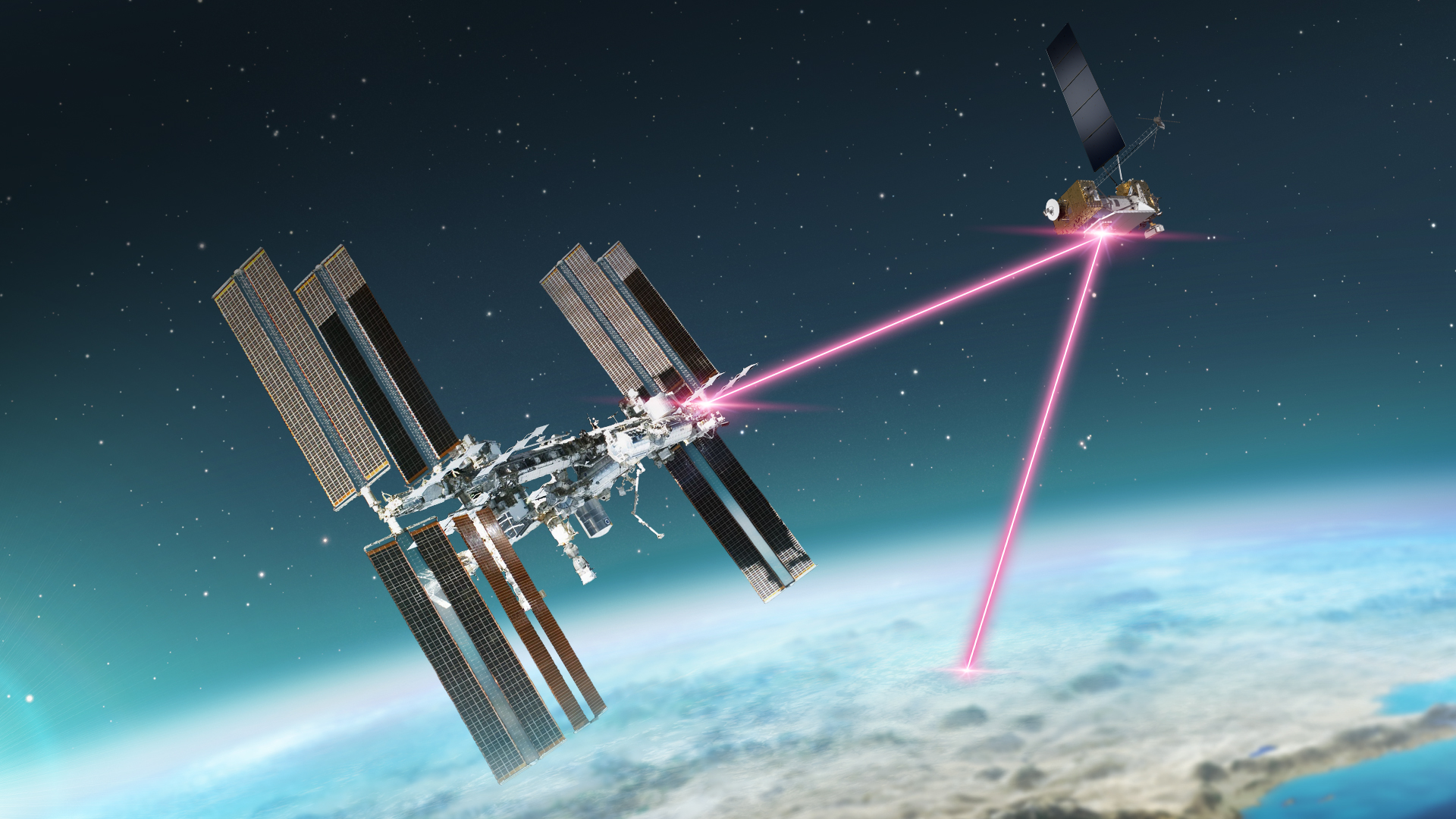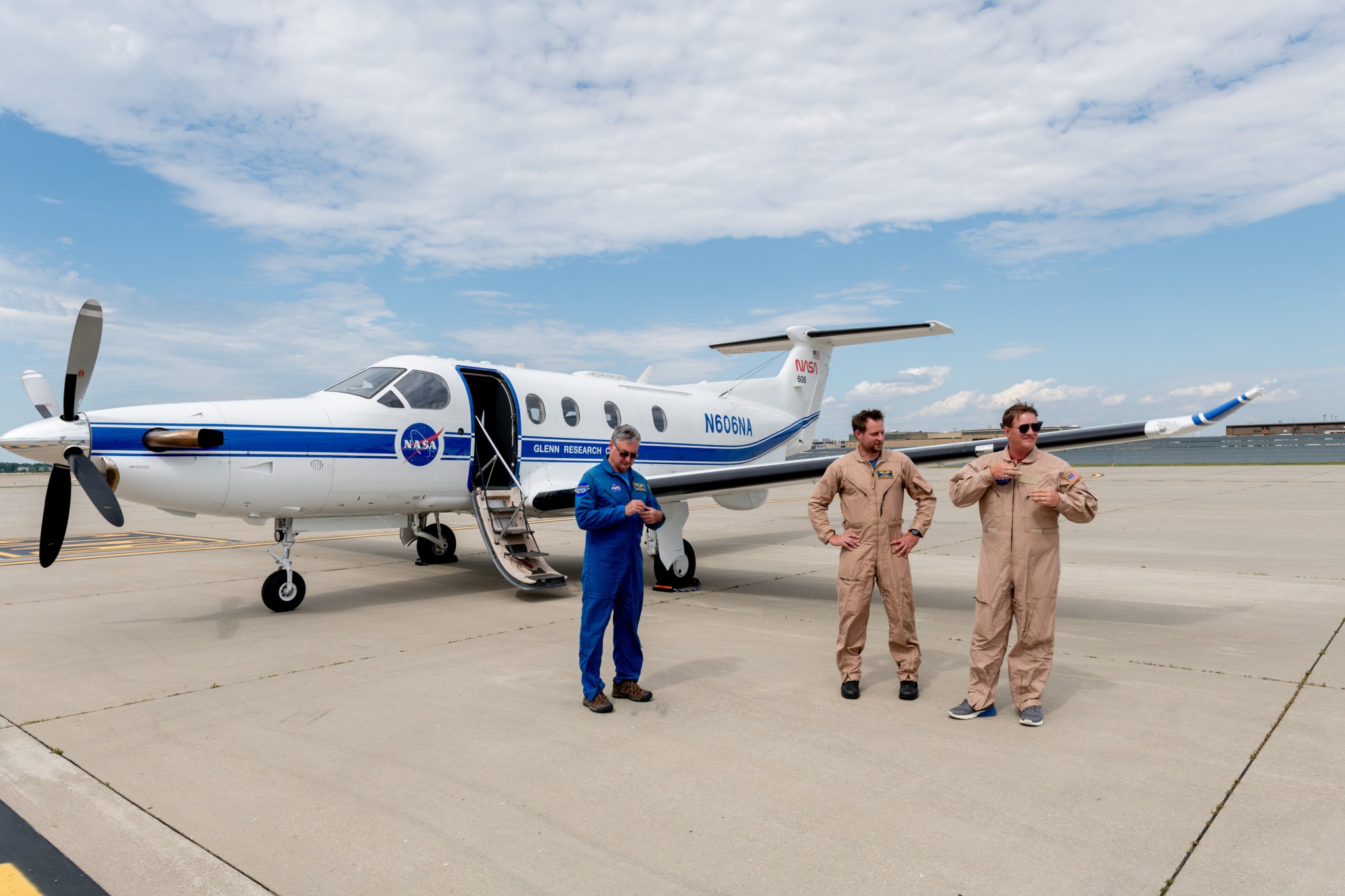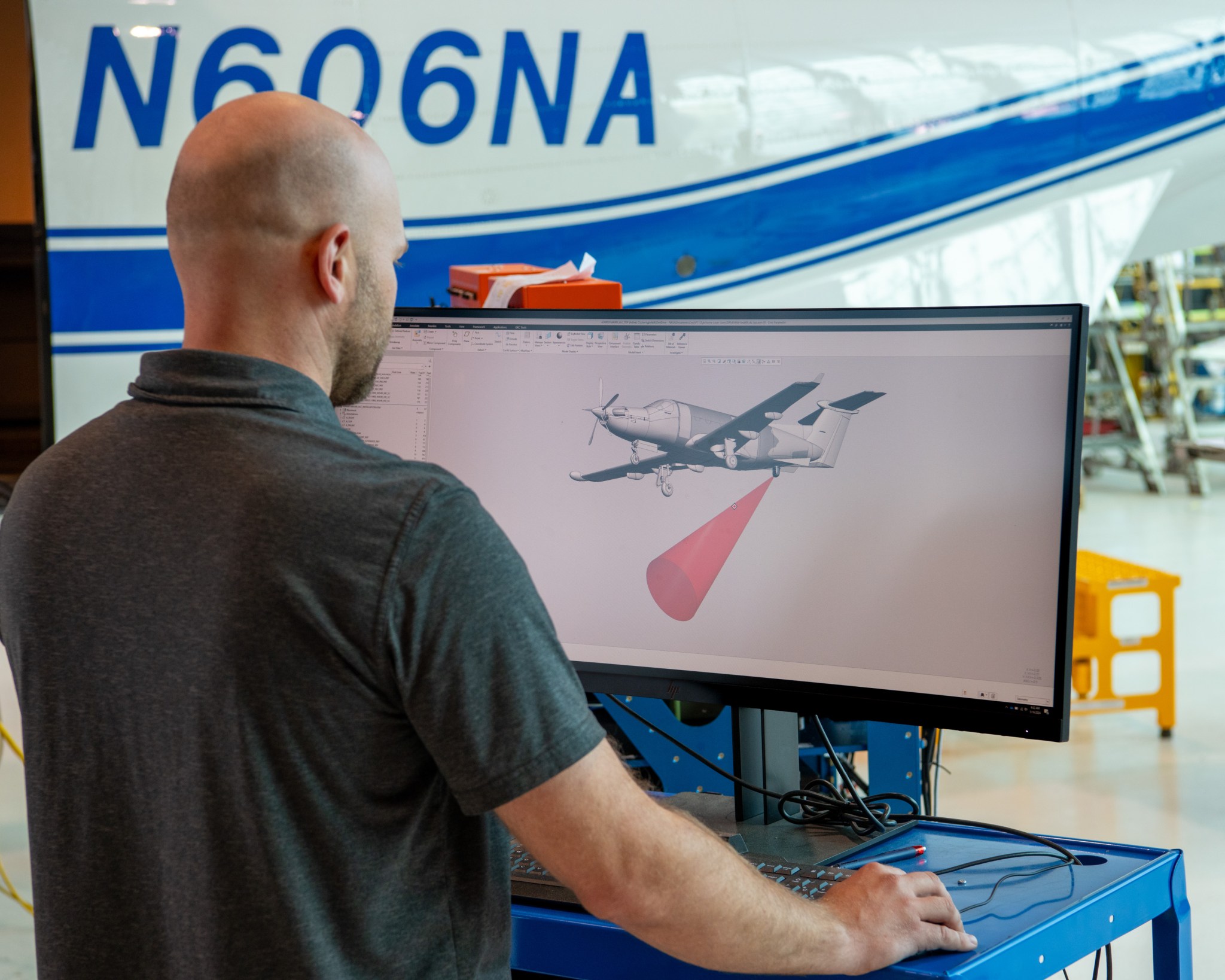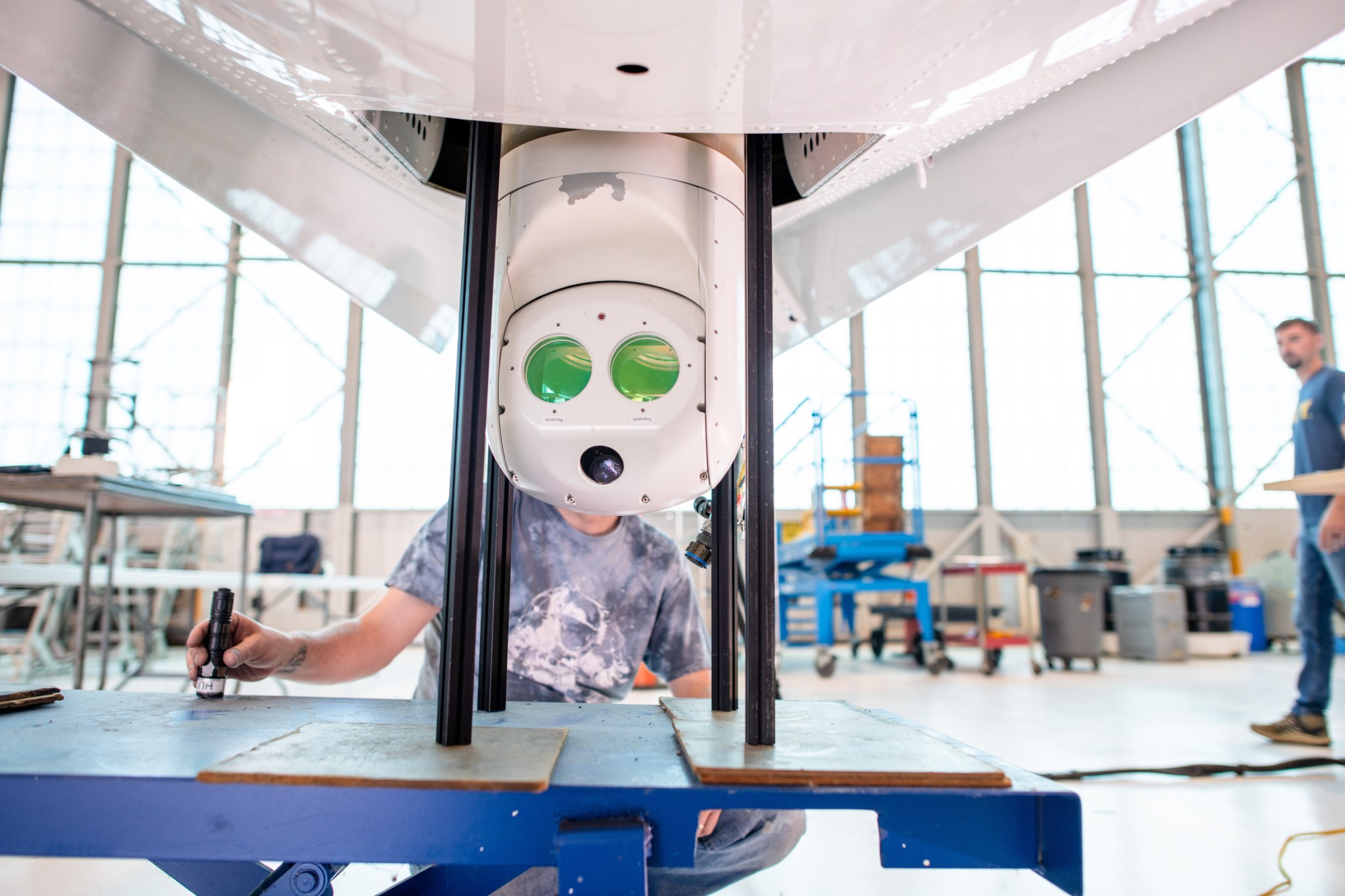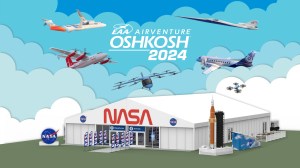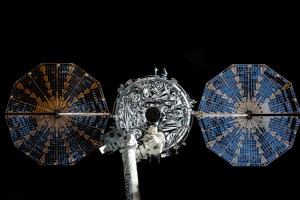NASA Streams First 4K Video from Aircraft to Space Station, Back
A team at NASA’s Glenn Research Center in Cleveland streamed 4K video footage from an aircraft to the International Space Station and back for the first time using optical, or laser, communications. The feat was part of a series of tests on new technology that could provide live video coverage of astronauts on the Moon […]
3 min read
Preparations for Next Moonwalk Simulations Underway (and Underwater)
A team at NASA’s Glenn Research Center in Cleveland streamed 4K video footage from an aircraft to the International Space Station and back for the first time using optical, or laser, communications. The feat was part of a series of tests on new technology that could provide live video coverage of astronauts on the Moon during the Artemis missions.
Historically, NASA has relied on radio waves to send information to and from space. Laser communications use infrared light to transmit 10 to 100 times more data faster than radio frequency systems.
Working with the Air Force Research Laboratory and NASA’s Small Business Innovation Research program, Glenn engineers temporarily installed a portable laser terminal on the belly of a Pilatus PC-12 aircraft. They then flew over Lake Erie sending data from the aircraft to an optical ground station in Cleveland. From there, it was sent over an Earth-based network to NASA’s White Sands Test Facility in Las Cruces, New Mexico, where scientists used infrared light signals to send the data.
The signals traveled 22,000 miles away from Earth to NASA’s Laser Communications Relay Demonstration (LCRD), an orbiting experimental platform. The LCRD then relayed the signals to the ILLUMA-T (Integrated LCRD LEO User Modem and Amplifier Terminal) payload mounted on the orbiting laboratory, which then sent data back to Earth. During the experiments, High-Rate Delay Tolerant Networking (HDTN), a new system developed at Glenn, helped the signal penetrate cloud coverage more effectively.
“These experiments are a tremendous accomplishment,” said Dr. Daniel Raible, principal investigator for the HDTN project at Glenn. “We can now build upon the success of streaming 4K HD videos to and from the space station to provide future capabilities, like HD videoconferencing, for our Artemis astronauts, which will be important for crew health and activity coordination.”
After each flight test, the team continuously improved the functionality of their technology. Aeronautics testing of space technology often finds issues more effectively than ground testing, while remaining more cost-effective than space testing. Proving success in a simulated space environment is key to moving new technology from a laboratory into the production phase.
“Teams at Glenn ensure new ideas are not stuck in a lab, but actually flown in the relevant environment to ensure this technology can be matured to improve the lives of all of us,” said James Demers, chief of aircraft operations at Glenn.
The flights were part of an agency initiative to stream high-bandwidth video and other data from deep space, enabling future human missions beyond low Earth orbit. As NASA continues to develop advanced science instruments to capture high-definition data on the Moon and beyond, the agency’s Space Communications and Navigation, or SCaN, program embraces laser communications to send large amounts of information back to Earth.
While the ILLUMA-T payload is no longer installed on the space station, researchers will continue to test 4K video streaming capabilities from the PC-12 aircraft through the remainder of July, with the goal of developing the technologies needed to stream humanity’s return to the lunar surface through Artemis.

